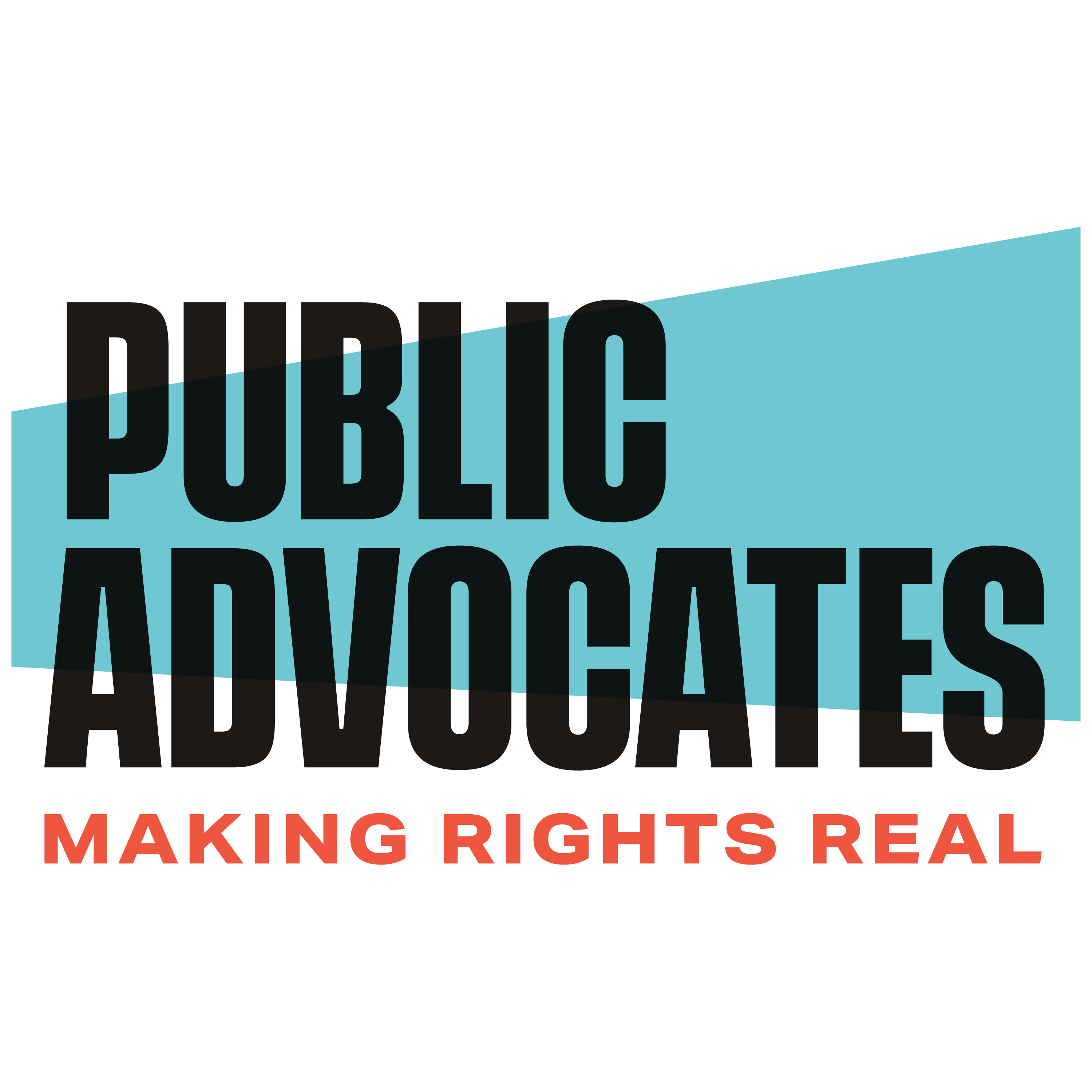For Immediate Release
Contact: Isabel Alegria, ialegria@publicadvocates.org, 415-431-7434, 510-541-5428; Angelica Jongco, ajongco@publicadvocates.org, 415-625-8486San Francisco – California school districts are not providing the transparency and accountability promised in exchange for increased spending flexibility under the state’s landmark 2013 education finance reform law, according to a new report issued by the public interest law firm, Public Advocates Inc. which focuses much of its work on education equity and financing. In the report, entitledKeeping the Promise of LCFF: Key Findings & Recommendations After Two Years of LCFF Implementation, Public Advocates outlines findings and recommendations to a wide range of actors in the implementation of the law.
“The findings show that many districts have a long way to go to truly fulfill the promise of the law,” said Angelica Jongco, lead author of the report. “In the report we offer specific recommendations and we urge the State Board of Education and County Offices of Education to implement them in order to ensure that districts are respecting both the spirit and the letter of the law.”
The report was based on a review of dozens of local academic and spending plans, known as Local Control Accountability Plans (LCAPs). Among the major findings of the report:
- Districts are not properly justifying their use of supplemental and concentration funds as principally directed and effective to serve the high-need students who generate those dollars.
- Many districts fail to clearly explain how they are meeting their obligations to increase and improve services for high-need students in proportion to the additional funds these students generate.
- Some districts appear to significantly underspend supplemental and concentration dollars compared to their LCAP plans without explanation and appear to fail to carry over that obligation to subsequent years.
- LCAPS generally fail to capture how supplemental and concentration dollars are being spent at school sites.
- Charter schools appear to be spending supplemental and/or concentration funds without any oversight whatsoever.
The report also finds that too many districts approach LCAP community engagement as a checkbox, instead of a meaningful exercise in shared decision-making. But Jongco also notes that “those districts that build engagement capacity and partner with community-based organizations are sowing seeds of real cultural transformation that can lead to increased student achievement.”
Among the key recommendations to state officials and education leaders:
- For “local control” to work, the state must invest in building the capacity of school districts and stakeholders to effectively garner community input into resource allocation and the cycle of continuous improvement reflection, including by offering more resources and guidance.
- The State Board of Education should issue guidance to County Offices of Education and Local Educational Agencies that will facilitate fiscal transparency and local accountability by clarifying, among other things, that an LCAP is not acceptable under the Local Control Funding Formula (LCFF) if it does not capture all the district’s actions and expenditures for all students on the eight state priorities and thus reflect nearly all LCFF funds the district receives.
- The State Board of Education and County Offices of Education must take measures to ensure that districts and charters are properly justifying and accounting for the extra dollars they receive to increase and improve services for high-need students.
- The State Board of Education should adopt common sense revisions to the LCAP Template that clarify the obligations of districts and charters while improving the accessibility and transparency of information for community stakeholders.
The report was shared with the State Board of Education, which is scheduled to meet next month to consider revisions to the LCAP template.
The numerous recommendations issued in the report are grouped according to their potential implementation, including by state agencies, the legislature and Governor; county education officials; local districts and officials; philanthropy, and student/community stakeholders.
To read the report and other related documents, click here.
###

